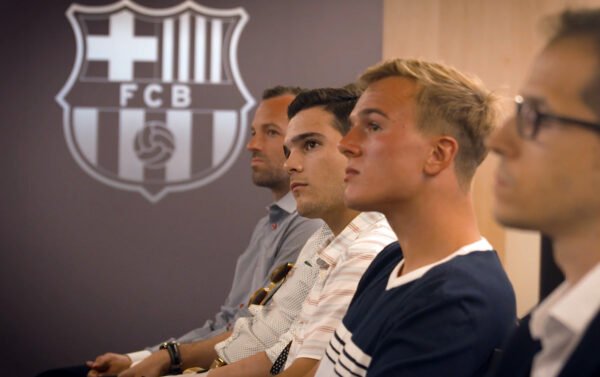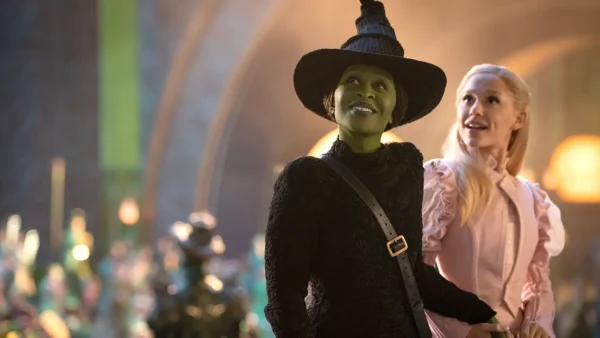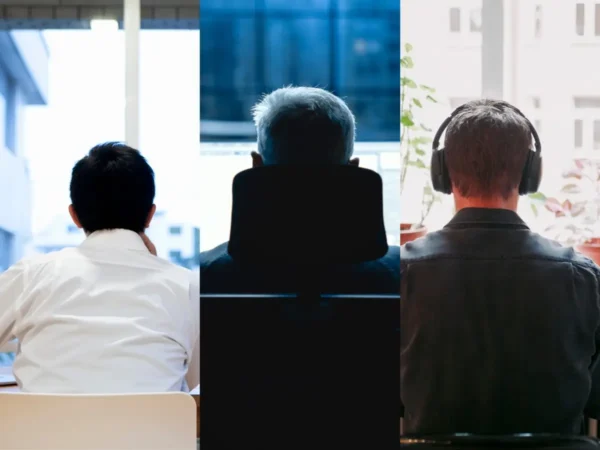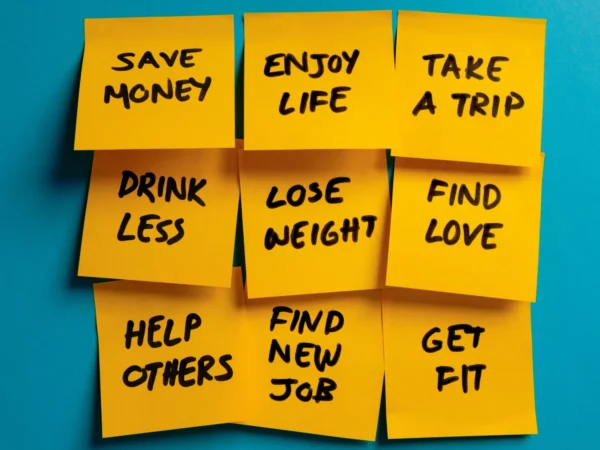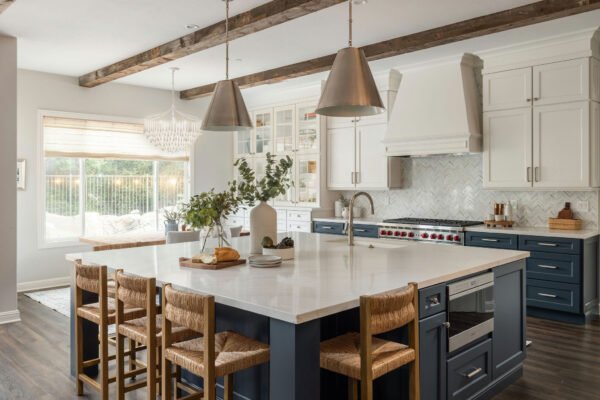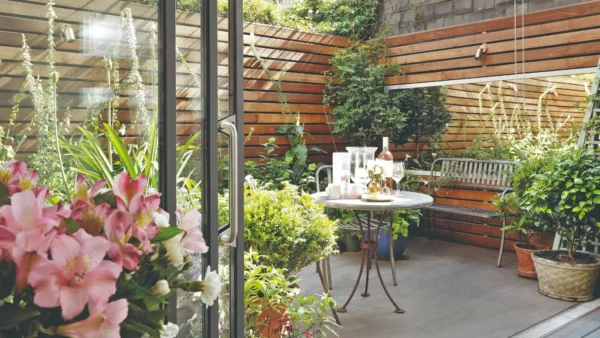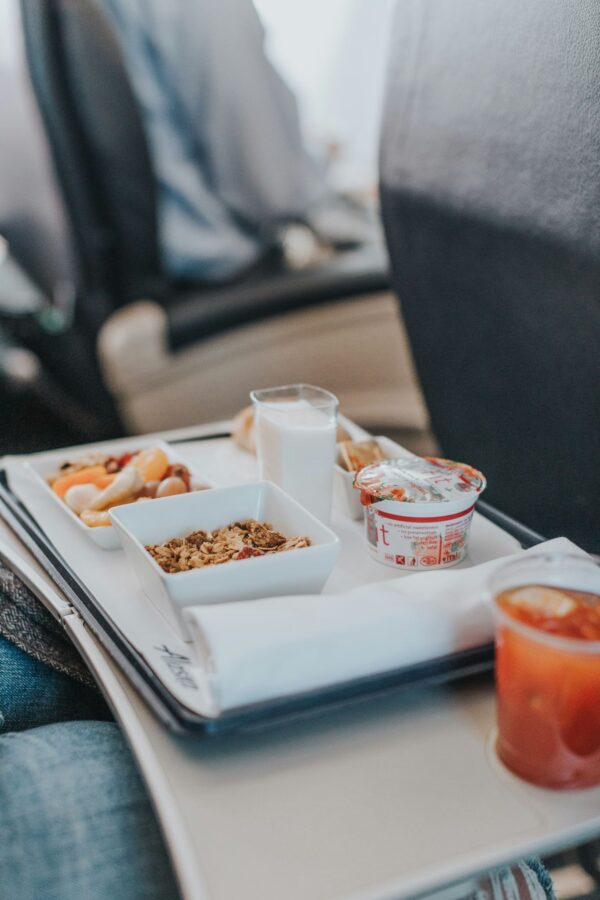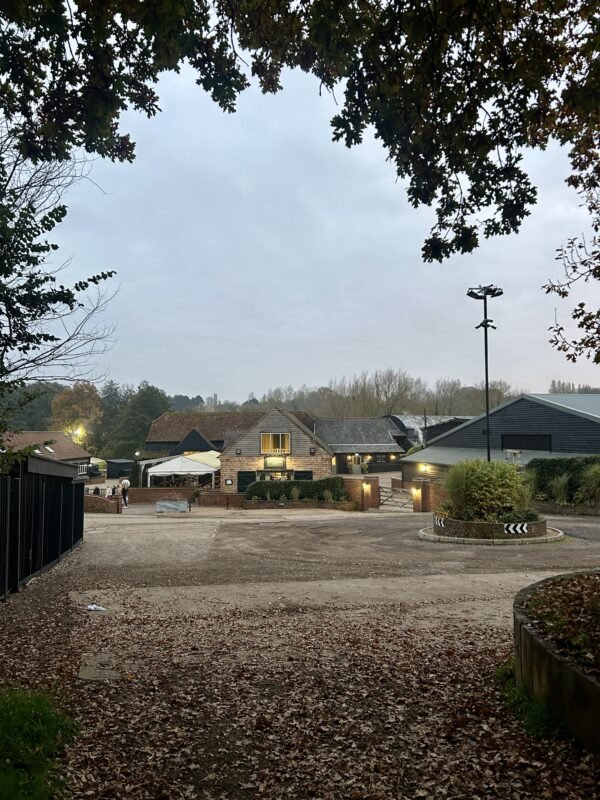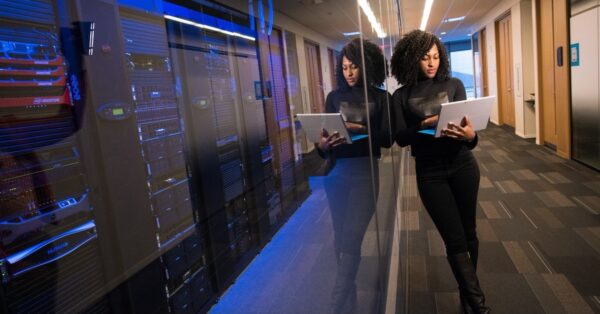
How Evolving the Customer Experience Can Save the High Street

If headlines are anything to go by, the end of high street retail is nigh and there’s nothing that can be done to save it. Hardly a week goes by without a publication pronouncing the ‘death of the British high street’ or something similar, as more and more brick-and-mortar stores find themselves in terminal danger. We have already seen Toys-R-Us and Maplin plunge into peril this year, and the annual growth of offline retail stands at about 1% annually in comparison to the 14-15% growth of e-commerce. If the statistics are to be believed, the demise of high street retail is profound and undeniable.
However, this does not mean that there is no future for offline retail. When the head of Unibail-Rodamco, Christophe Culliver, outlined the strategy for his proposed £21.7bn takeover of Westfield shopping centre, he made a point which is being echoed in many other circles: “Retail is not dying. Boring retail is dying”.

Retailers hope that, by evolving the in-store experience, consumers will be enticed back into their stores. Considering that 45% of global consumers state that they would be willing to pay more for a better retail experience, there is no reason that this can’t be the case. Some brands have already developed pioneering innovations to pave the way for future high street retail success.
The value of engaging window displays cannot be understated. As the most direct way of pulling in new customers, an eye-catching window display can be the difference between a consumer going into a store or not. According to research by Russell R. Muelle, a well-designed display can increase sales by 540%.
Recent innovations in window display design give retailers no excuse for drab, uninspiring storefronts. Interactive digital designs have become particularly appealing, and certain brands now incorporate them into their window displays. A notable example is Ralph Lauren, who made headlines with their Father’s Day-themed interactive window displays. Featuring six touchscreen plasma windows, the displays enabled passersby to customise their own Ralph Lauren attire with just a few clicks. With a window-side delivery, customers could even pick up their custom clothing without actually entering the store.
Aside from a digital approach, high street retailers can create engaging window displays in many other ways. For instance, American cosmetics brand Kiehl’s teamed up with store designers Prop Studios to create an immersive retail experience through their unique floral window display. Tying in with Chelsea In Bloom’s safari theme in 2017, the brand’s installation featured 670 flower pots of locally sourced osteospermum flowers, alternatively known as the African Daisy Bush. By later encouraging shoppers to take home the pots themselves, the display created a connection between the brand and the customers.

One of the main qualms modern day consumers have with brick-and-mortar shopping is the time it takes compared with online shopping. Lengthy queues at checkouts and changing rooms have rendered the process long-winded. Even here, smart tech is improving the customer experience.
Amazon made worldwide headlines with the launch of their Amazon Go store in early 2018. The store enables customers to buy products without queuing at a checkout. Instead, people use their smartphones to scan a QR code at the store gates. Cameras and sensors in the ceiling then track their progress and recognise when they pick up items. Ten minutes after they leave the store, customers are charged for the items they have taken, and sent a digital receipt.

Mastercard recently announced they were taking this concept even further with the proposed launch of their “smart mirrors” for retail stores. The Oak mirror will be located in changing rooms and will enable shoppers to take charge of their shopping experience. Radio frequency identification (RFID) technology embedded into clothing tags allow the mirror to instantly recognise clothes brought into the changing room, creating a virtual shopping basket. The mirror not only allows customers to purchase items there and then, but gives them the ability to request another size. The mirrors can also be used to check stock availability and view colour variations.

Fancy going for a bite to eat, sitting down for coffee, or even having a workout as you shop? In an attempt to create a more rounded retail experience, both mass market and luxury retailers have expanded their offerings beyond simply shopping. One way they have done so is by incorporating cafes and fine dining into their stores. Take Burberry’s London flagship store, which has its own all-day cafe called Thomas’s; the pleasant breakfast and lunch spot provides “a welcome retreat from the hustle and bustle of London’s Regent Street”, and has successfully enhanced the customer experience.

Other examples include H&M, whose Barcelona branch features a vegetarian eatery, and Roman and Williams Guild, who opened a restaurant in their New York City store.
Aside from eating and drinking, retailers are expanding in-store experiences in other ways. With fitness culture ever-prominent, more stores are attempting to latch onto this themselves. Athletic apparel brand Lululemon hosts free yoga classes in some of its stores, while a number of Nike stores run cross-training classes like beach aerobics and rollerskating.
With consumers willing to pay more for better retail experiences, more stores are duly taking note. Through engaging window displays, immersive experiences and the integration of smart tech, brands are successfully evolving the customer experience. If more follow suit, then the future of high street retailers may not be so gloomy after all.















